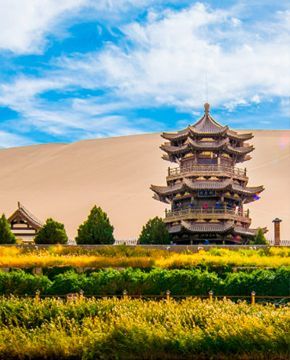As the capital of Xinjiang, Urumqi is undoubtedly the first stop for most travelers to and from Xinjiang. Urumqi has a wide range of traffic and three-dimensional network of air, railway and highway lines, so it is very convenient to travel in Xinjiang. Almost all the routine routes carried out in Xinjiang are centered on Urumqi, and then radiate to northern, southern and Eastern Xinjiang. Changji also uses Urumqi as a transfer station.
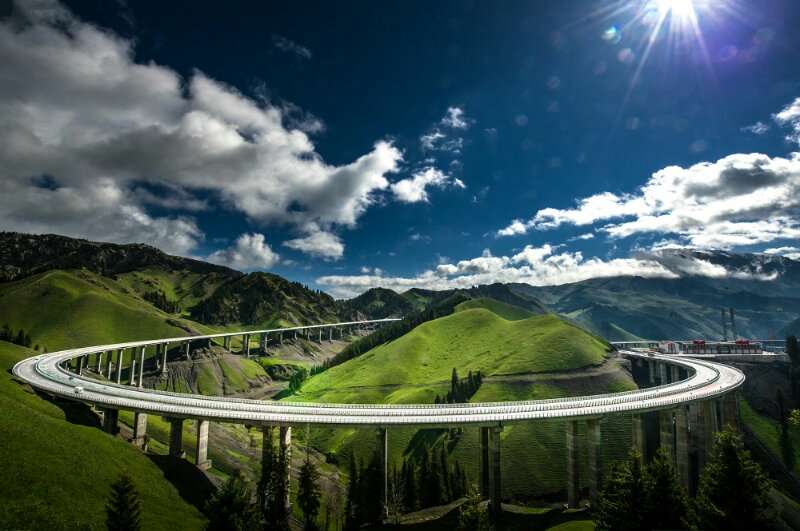
Urumqi international airport
Urumqi Diwopu International Airport is a first-class national civil airport. It was built in 1939. Since 1950, after several expansion and renewal, it has become one of the most important hubs in Western China. It undertakes the transit task of 13 airports in Xinjiang. It has 113 routes with 53 cities in China, including 99 domestic routes. There are 14 international routes. Urumqi International Airport is located 17 kilometers northwest of the city centre. It has a direct expressway. The taxi fare from the urban area is generally less than 20 yuan, and the bus fare is 10 yuan. No.51 and No.27 buses are going to Urumqi International Airport.
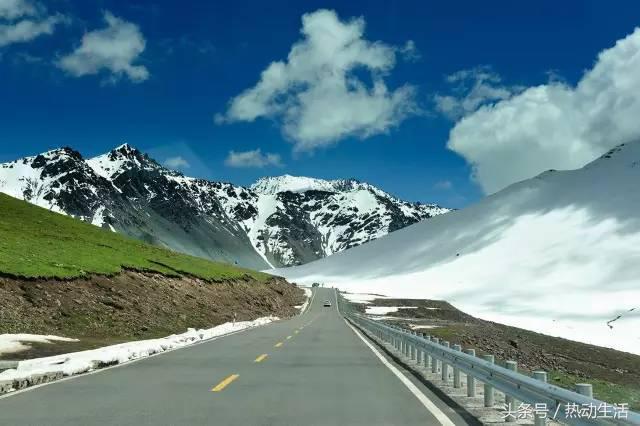
Railway
Urumqi Railway Station is the general hub of Xinjiang Railway. At present, eight cities in China, such as Beijing, Shanghai, Zhengzhou, Xi'an, Lanzhou and Chengdu, have opened direct trains to and from Urumqi. There are also international trains to Almaty, Kazakhstan through Manas, Shihezi, Shawan, Kuitun, Usu, Jinghe and Bole. At the same time. The Lan-Xin Railway and the South Xinjiang Railway meet here. The train route from Urumqi to Kashgar is Hejing, Kurla, and so on.
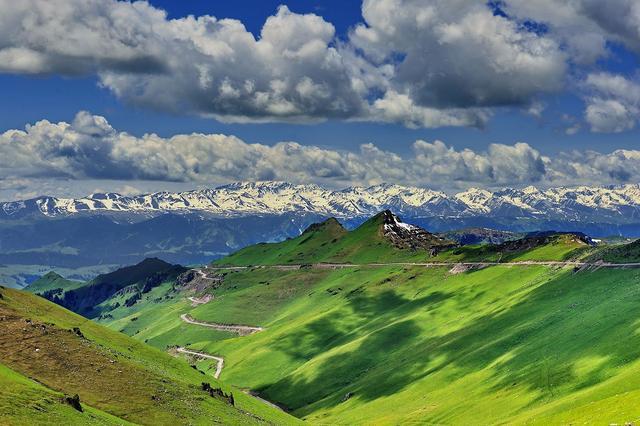
Luntai, Kuche, Xin He, Akesu, Bachu and Atus. The Lanzhou-Xinhua Railway passes through Hami, Shanshan and Turpan to Urumqi and eastwards to the central cities of the mainland, such as Beijing and Shanghai. Every day there are tourist trains running opposite each other. If inland tourists choose to enter Xinjiang by train, they can get off in Hami and travel by long-distance bus all the way. They will visit Hami, Turpan, Urumqi and other places in turn.
Xinjiang has a complete road network coverage, with Urumqi as the center radiating in all directions, almost every day there are buses to all parts of Xinjiang. Generally speaking, Xinjiang's road network is better than Tibet, Qinghai and other places, but there are still some gaps with the mainland.
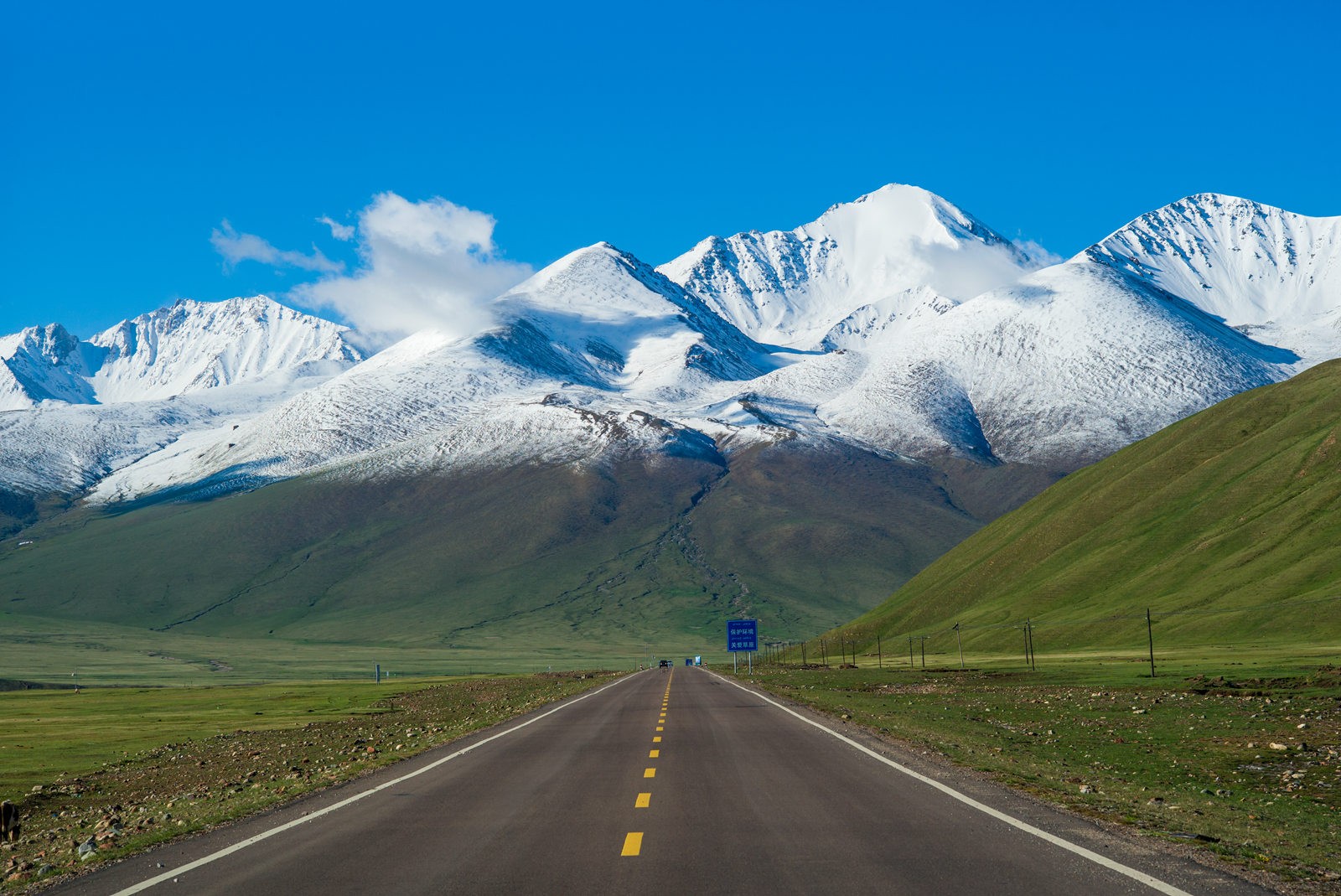
The main roads are mostly flat and smooth, and the situation of individual sections is more complex, such as Duku Highway and Wuku Highway in Tianshan Section of National Highway 216, 217 and 218, which need to cross the reaching board. There will be debris flow in spring and summer, and snow blocked roads from October to May next year, which will not be accessible; Lili to Ruoqiang Section of National Highway, where desert ash buried part. Subsection, the road condition is poor; the most popular road from Bulzin to Kanas Lake is in good condition, but due to the more turning on the mountain road, driving should pay special attention to safety. Considering the time and funds, the first choice for travel in Xinjiang should be highway transportation, and there are almost no inaccessible scenic spots.

